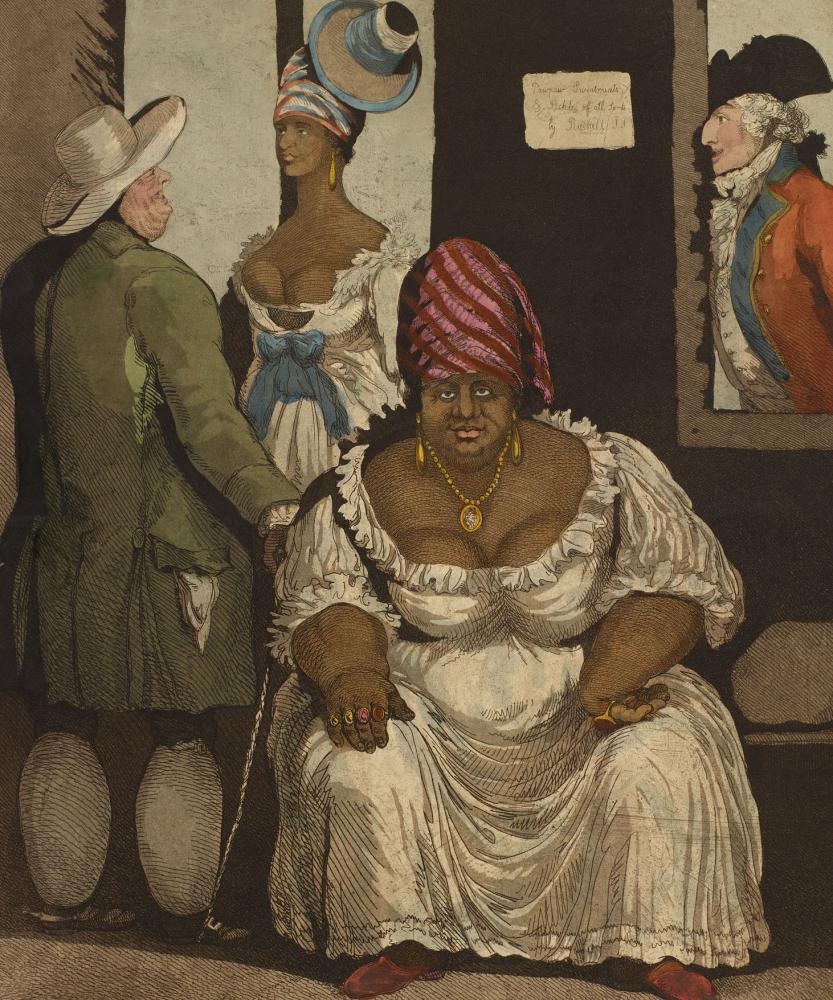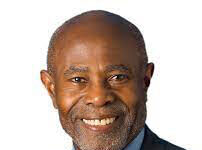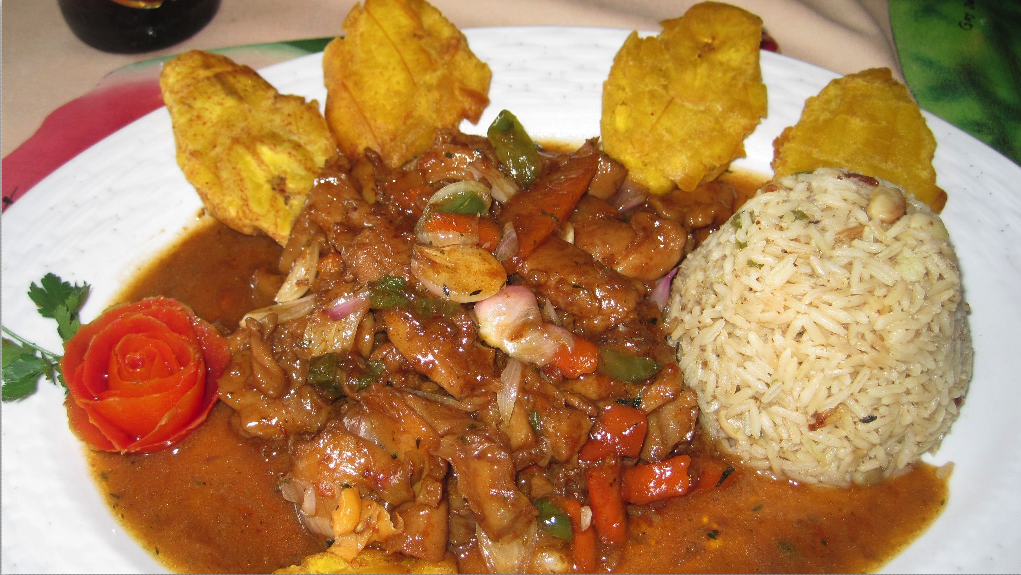News Americas, NEW YORK, NY, Fri. June 26, 2020: Often, when the history of slavery is told, the enslavers are always white. But in the Caribbean, history shows that having escaped slavery, at least three women went on to become slave owners. They are:
Amaryllis Collymore
Amaryllis Collymore was Barbadian slave who later became a slave owner and planter. She gained her freedom from her relationship with a white man with whom she had eleven children.
She went on to successfully run a plantation known as Haggat Hall, and 67 slaves, and to become the wealthiest free black woman in the colony at the time of her death.
Collymore died on December 16, 1828 and was buried in the St. Mary’s Churchyard in Bridgetown. The house that Collymore and her children occupied is now houses the Arts Department of the Barbados Community College.
Susannah Ostrehan
Susannah Ostrehan was born into slavery but later became free only to enter into the business of slavery herself. Some of the people she owned were her own family members, including her mother and probably her siblings since she “clearly felt that personal ownership of her family members was the safest option in a society ruled by private property.” Others she purchased solely in order to free. However, a number of her slaves were kept simply to work on her properties, and no attempts to free them were made before her death. By the time of her death in late 1809, Ostrehan’s wealth was concentrated in “two very large houses” in Bridgetown, which were valued at a combined total of £2,850. The total value of her estate was around £4,000, which included thirteen slaves.
Rachael Pringle Polgreen
Rachael Pringle Polgreen was born into slavery but her freedom was purchased reportedly by Captain Thomas Pringle, an officer in the Royal Navy. Pringle and Lauder had become lovers and after he purchased her, he manumitted her and set her up in a house in Bridgetown. Soon she became the owner of the Royal Naval Hotel, a brothel which catered to the itinerant military personnel on the island of Barbados as well as at one point, Prince William Henry. Polgreen accrued an estate worth over £2,900, which included thirty-eight slaves. Archival records from the Privy Council minutes of 1791 paint a portrait of Polgreen as having a violent temper and of abusing her own slaves.
Polgreen was buried in the churchyard of the Cathedral Church of Saint Michael and All Angels in Bridgetown on 23 July 1791. Her hotel was taken over by Nancy Clarke, who ran it successfully for a decade, before turning it over to Carolyn Barrow and it continued in business until it was destroyed in a fire in 1821.
The Caribbean Immigrant Victims Of Coronavirus
12 Caribbean Immigrant Frontline Victims Of The Coronavirus
You May Also Like: 8 Fast Facts About Caribbean Immigrant Women In The U.S.
Five Facts About Caribbean Immigrants In The U.S. You Should Know
10 Economic Fast Facts Of The Caribbean Immigrant Population In The U.S.










